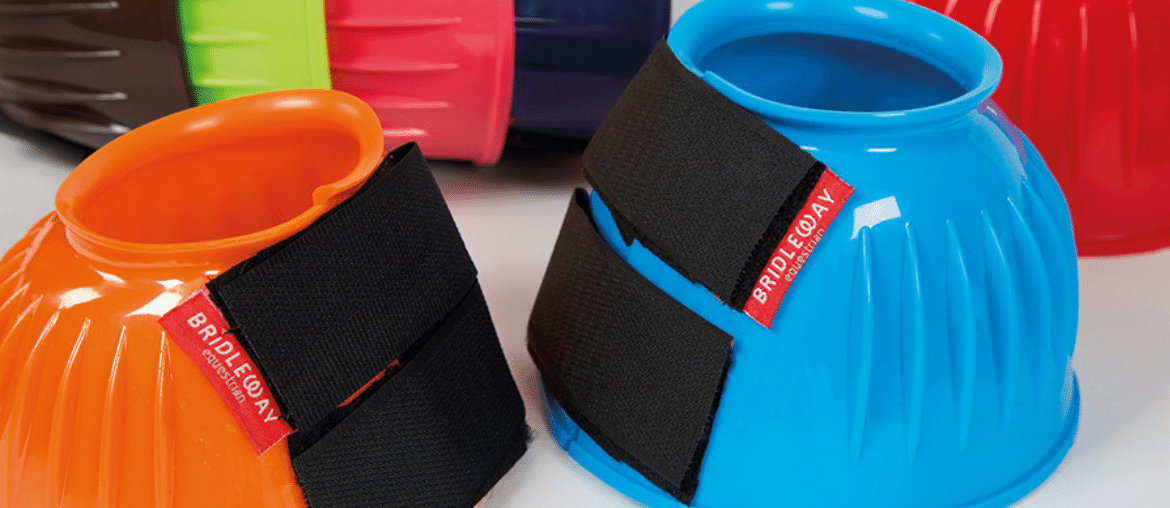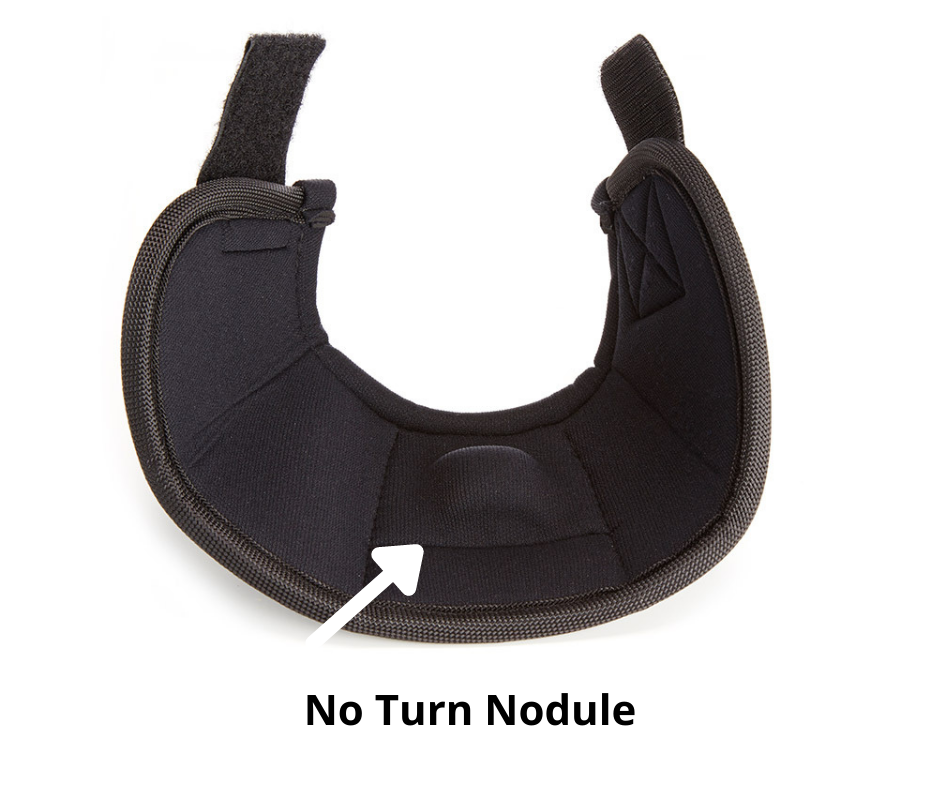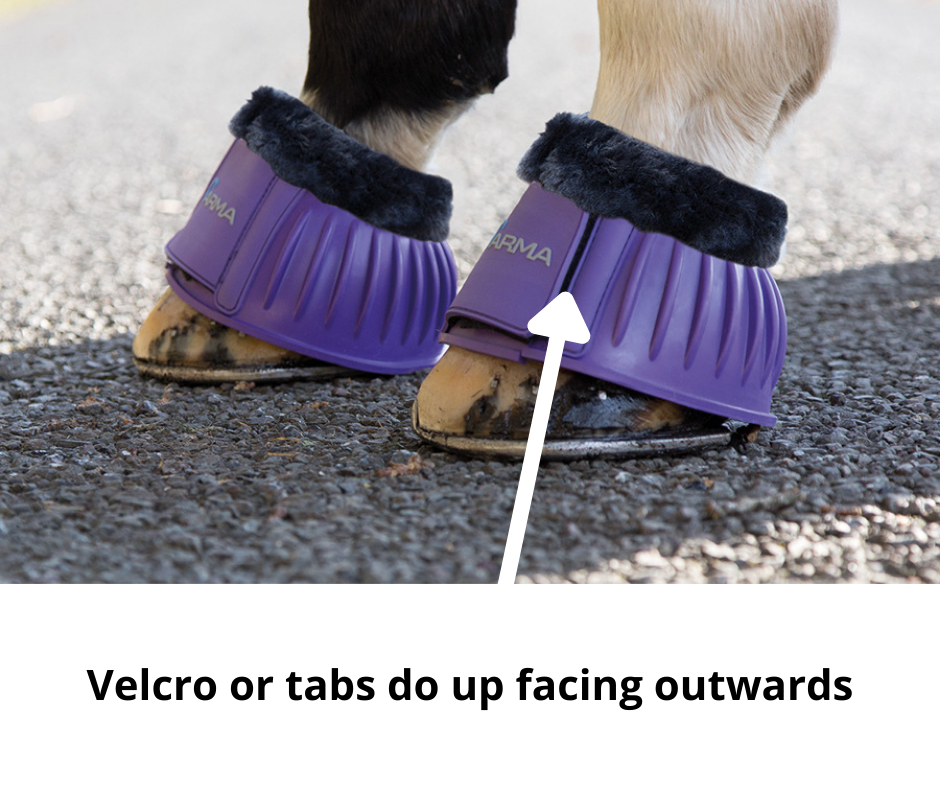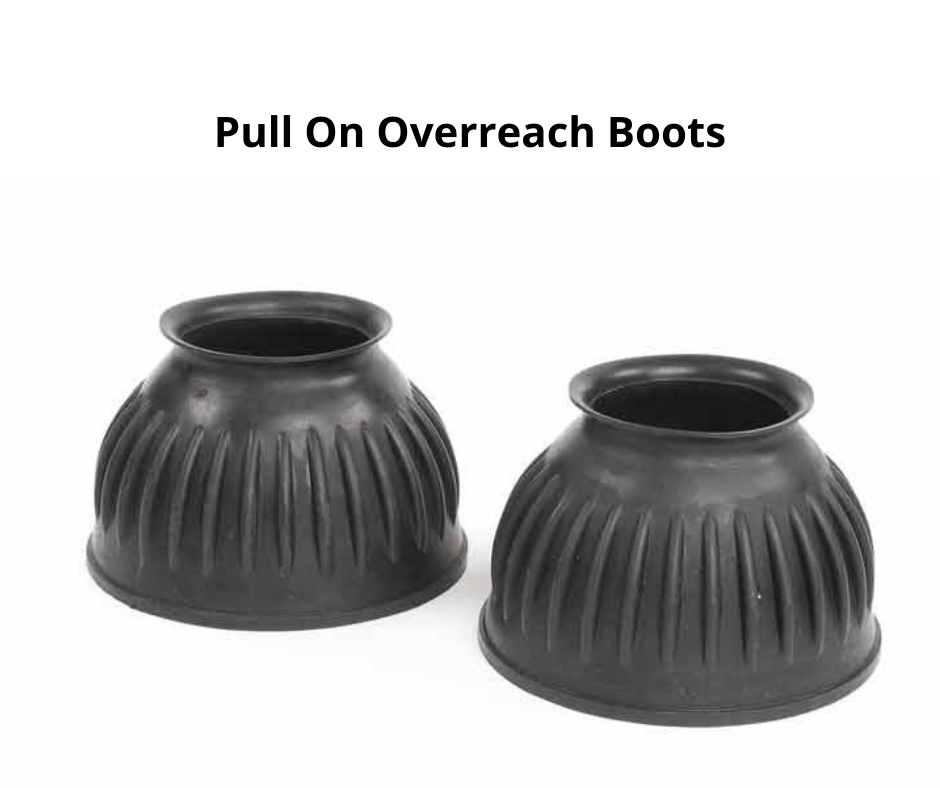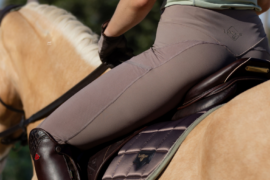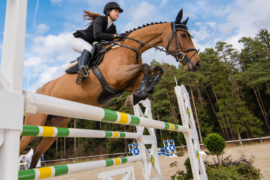Why do you use overreach boots?
- Overreach boots (or bell boots as they are sometimes known) go over your horse’s front hooves*;
- They can help offer protection to the pastern, coronet band and heel and bulb of the hoof;
- Typically they protect these areas when the horse’s back hooves come into contact with them (overreaching);
- Overreach boots are also often used on horses who are prone to pulling their shoes off.
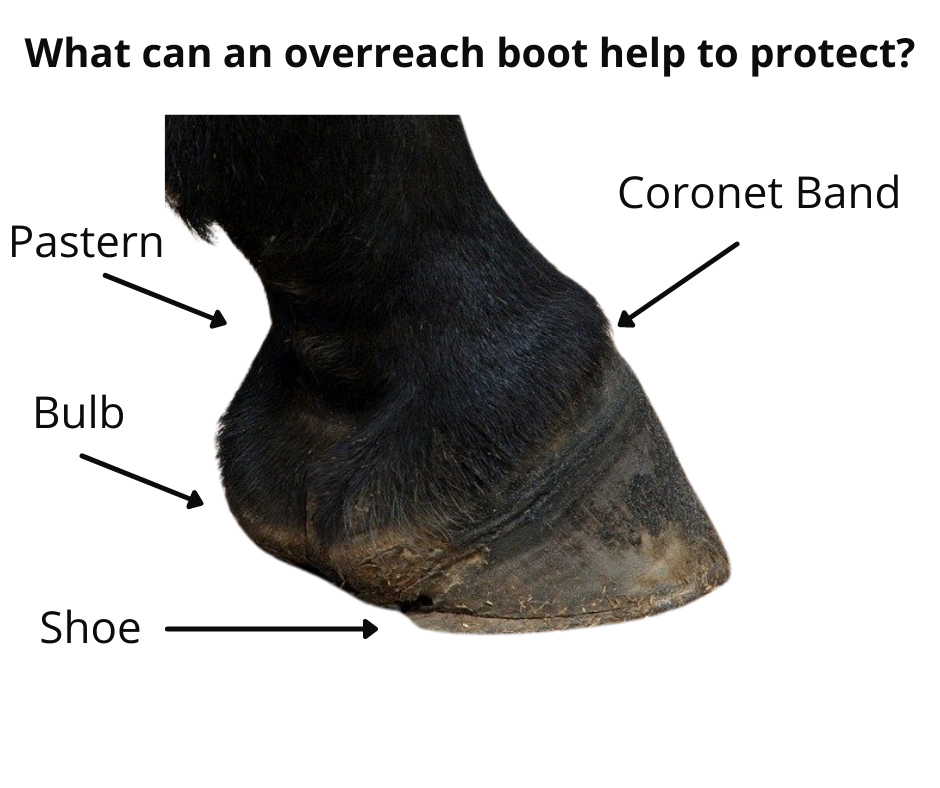
What types are there?
- Rubber or plastic overreach boots done up with Velcro or alternative straps are generally the cheapest to buy and easiest to put on;
- Neoprene overreach boots are generally done up in the same way but can be softer and/or thicker than rubber or plastic versions;
- Hard or solid materials. These tend to be the toughest boots. Often fitted with a ‘no-turn nodule’ inside to stop the boot turning around when the horse is moving. Typically these boots are more often used when the horse is being ridden.
- Pull-on overreach boots are made from rubber or a rubber mix and can be tricky to put on. Once they’re on though they often stay on better than boots with straps.
- Which are the best?
- It depends what you’re using them for.
- If your horse needs to wear them all the time (including in the field) then you’re more likely to choose a more flexible option.
- For competition or faster riding it’s worth considering a pair with ‘no turn’ technology.
How should they fit?
- Overreach boots should sit snuggly around the pastern. Ideally you should be able to fit a small finger all the way around.
- Overreach boots should be long enough to cover the bulb of the heel and you may need them longer if one of the reasons you’re using them is to help prevent the shoe being caught.
Anything else to consider?
- If you’re using overreach boots all the time you must make sure you remove them regularly to check for rubs or sores.
- In any event you should make sure overreach boots are only put on clean, dry legs and that the boots are clean and free from any potential irritants before you put them on.
*When might you use overreach boots on your horse’s hind hooves?
- If your horse is prone to damaging the inside of their lower hind leg, hoof or pulls off their rear shoes you might consider using overreach boots on the hind hooves.
- If you’re boots have Velcro straps then make sure the straps open on facing the outside of the horse – this will help stop any friction on the boot from loosening the straps.
- Fluffy tops on overreach boots can be great for sensitive horses. But, make sure you take extra care to keep the fluff clean and not matted if you choose this type of boot.

